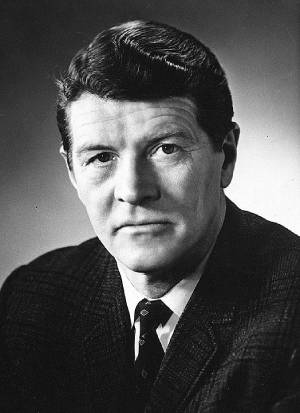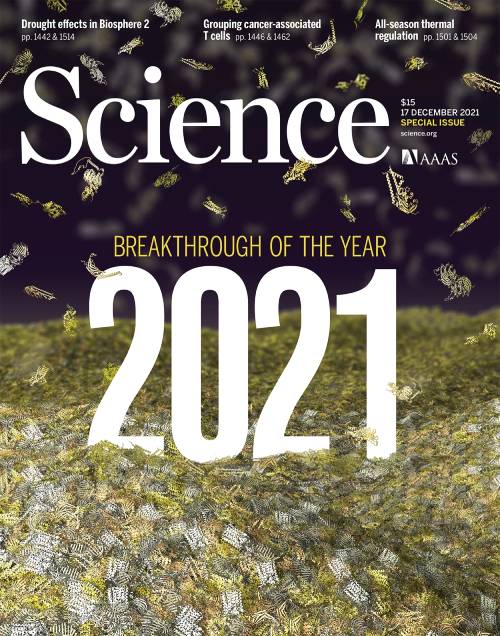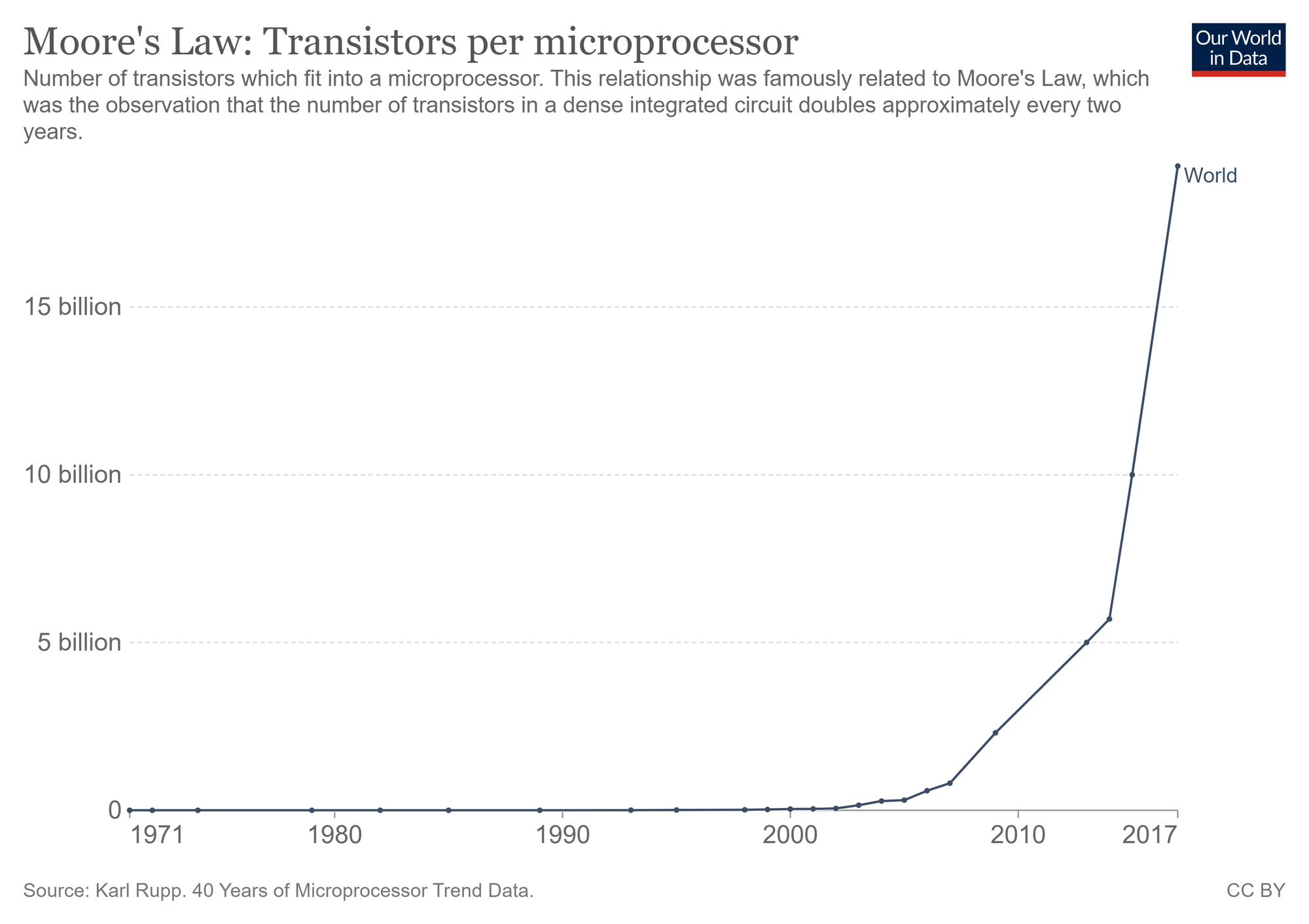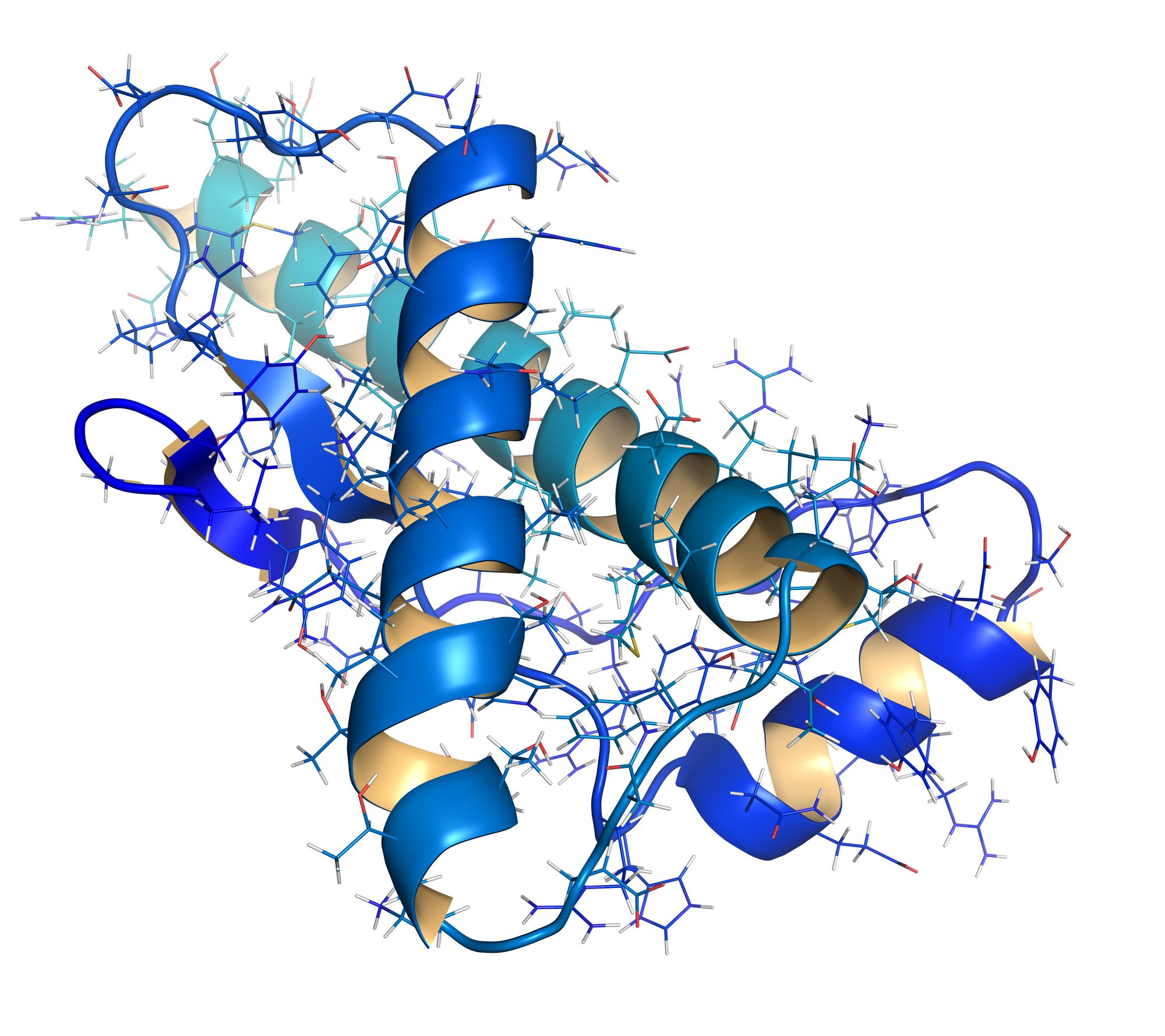
🧫 An incredible breakthrough – which almost no one has heard of
Humans have struggled with one of the grand challenges of biology, namely understanding how proteins are designed. Suddenly, last year, it was solved by an AI. The event happened to be the start of something even greater...
Share this story!
When the science magazine Science nominates the Breakthrough of the Year, it is usually for something that has taken place in a laboratory. The award has never been given to a computer or artificial intelligence, an AI.
But in 2021, it happened.
Not just one - but two - AIs won the award for an almost unimaginable breakthrough and what during the last fifty years has been regarded as one of biology's great challenges, the Grand Challenges.
A fifty-year Grand Challenge
In his acceptance speech for the Nobel Prize in Chemistry, 1972, the winner Christan Anfinsen said that one day it would be possible to predict the appearance of a protein just by knowing the sequence of the amino acids that it is made of.

Proteins are our body's workhorses. They convert food into energy that we can use, fight intruders, transport oxygen in the blood, and much more. Therefore, understanding proteins is essential for understanding our body and diseases and developing effective drugs.
Watch this to understand how proteins and amino acids work.
Finding out what a protein looks like and how it can be done in a lab often takes several years and is very expensive. In the human body alone, there are hundreds of thousands of proteins and millions and billions of proteins in other species.
Could computers accelerate development?
We should use computers and their fast computing power to crack this problem. Researchers John Moult and Krzysztof Fidelis reasoned and launched a competition.
Teams compete against each other every two years and receive points based on how close they get to the actual structure. To reach the same level as a lab requires at least 90 points. The competition started in 1994, and until 2016 no team had even come close to that level.
2018 - AlphaFold makes its entrance
AlphaFold is an AI developed by Google's AI company DeepMind. They immediately won the competition with one point more than any previous team in history, but not 90 points.
Two years later, in 2020, AlphaFold lined up again and, for the first time, passed an AI 90-point level with an average result of 92.4.

The President of the Royal Society, Nobel Laureate Venki Ramakrishnan, cheered:
"This is an astonishing advance in the protein folding problem, a 50-year 'grand challenge' in biology. It has been decades before many people in the field have anticipated."
But this was not the breakthrough that Science praised, as what followed immediately after was even more astonishing.
The real breakthrough
In July 2021, a team led by David Baker of the University of Seattle announced that their AI, RoseTTAFold, had mapped the appearance of hundreds of proteins, using a method similar to that used by DeepMind.
A few weeks later, it was DeepMind's turn. AlphaFold had mapped the appearance of 350,000 of the human body's protein, corresponding to 44 percent of all known human protein. In the coming months, they mapped hundreds of millions of proteins from various species, about half of all proteins we know of.
But this was not all they did. They also began to map how proteins bind together and interact and have the time for more than 5000 such connections.
This was the development Science rewarded.

Exponential growth - from slow to very fast
We humans have a hard time understanding exponential growth. When something is doubled over and over again, at first, it looks like nothing is happening, but suddenly the numbers that are doubled become enormous.

The number of transistors per chip was one (1) in 1959. It doubled to two in 1960, four in 1961, eight in 1962, and so on.
When Gordon Moore in 1965 wrote an article that became the basis of what we today call Moore's law, the number was 64 transistors per chip. In 2017, it was 19.2 billion.
This is basically what we have seen happening in AI and protein. Increasingly powerful computers combined with ever better machine learning have helped us go from seemingly slow development to explosive development.
A dam that bursts
Things can happen quickly when the water finds a crack in the dam, from a small gap where the water pushes through to the whole dam cracking when all the water wells up.
When AlphaFold won the competition in 2018, the water began to find its way to a crack in the pond. In 2020, the water reached through, and in 2021, the pond burst. They went from mapping a single protein to millions of proteins from one year to another.
AlphaFold2 and RoseTTAFold are now open sources and available to researchers worldwide.

It will happen again
With Moore's team and the rapid development of AI, we will repeatedly experience similar dramatic breakthroughs in the future. Self-driving cars are one example. Once we have solved that problem, we will quickly see the solution spread to all kinds of vehicles.
Mathias Sundin
PS. If you are interested in the background of AlphaFold, I wrote a piece about it last year. The breakthrough was triggered by playing games.

By becoming a premium supporter, you help in the creation and sharing of fact-based optimistic news all over the world.



